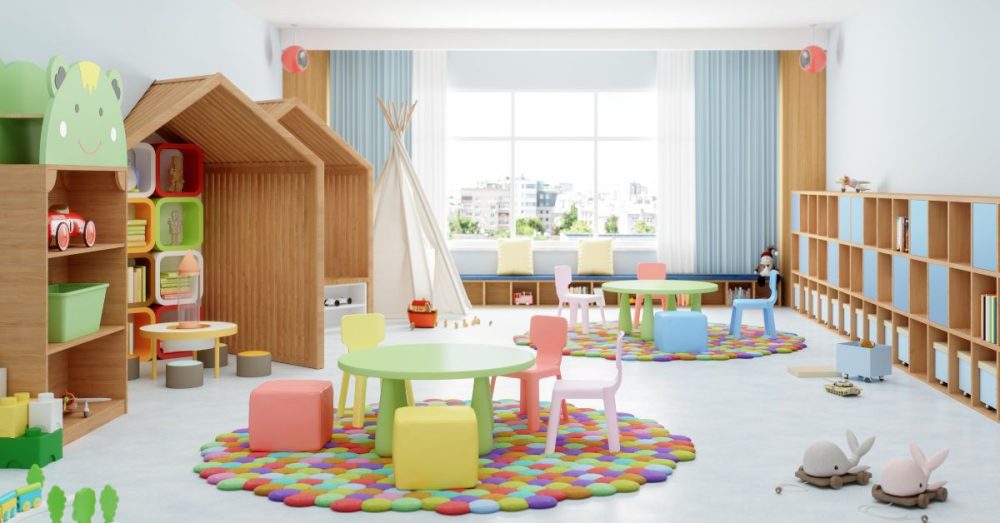Many think about reading assignments, textbooks, and homework when improving a student’s education. However, an equally important factor is the design of the building itself.
Lighting, air quality, and background noise are aspects of a school’s design that can impact test scores and attendance rates.
“There’s a lot of things that can really play into the impact for the students and the educators,” Danny Berger, principal of design and planning consultancy at PBK’s Dallas office, told The Dallas Express. “Lighting being one of them. It’s interesting what light can do.”
Berger explains that humans are biologically hardwired to respond differently to light color temperatures. Traditional household lighting, a 3500 kelvin color, has a calming effect. A brighter light or higher Kelvin temperature can be beneficial when focusing on a higher-intensity task, like schoolwork.
Access to natural light can make a big difference in student performance in the classroom.
A recent study reported on by Eaton Arrowsmith, a neuroeducation center, showed that students studying in natural light perform 25% better than those learning in cool light. Cool fluorescent lighting can contribute to higher stress and anxiety levels, and dimly lit environments reduce the brain’s ability to retain information.
School officials should also consider the design layout to minimize background noise. Background noise can distract students and educators, leading to a lack of focus and concentration.
Air quality is another critical design element.
“It’s important to make sure that the quality of the air in the classrooms and the learning environments is good because if [kids] have health issues, [they] aren’t going to be in school,” said Berger.
Bad air quality can lead students to low attendance rates, a problem Texas schools have struggled with.
In the 2021-2022 school year, Dallas ISD reported a chronic absenteeism rate of nearly 28%. Chronic absenteeism is linked to higher risks of illiteracy and dropping out.
Dallas ISD launched an attendance competition at the beginning of the school year last month, as reported by The Dallas Express.
Students with perfect attendance through the first month of school were automatically entered into a raffle for a chance to win a prize. The district is celebrating Attendance Awareness Month in September, with weekly dress-up days based on a different theme each week.
Berger also emphasized the importance of having a flexible classroom layout so that teachers can adapt to each student’s learning needs. Different furniture and the option for different classroom orientations can help students perform better academically.
PBK works alongside schools to ensure building design layouts best suit their students’ needs.
“We want to understand what their goals are, first and foremost. What are they trying to accomplish or achieve with either a renovation or a new building? What does their current state look like? What are their current standards? What do they have as far as their HVAC systems?” Berger said.
“If your goal is to get more attendance, research shows that you can do it by having more nature surrounding your building or better indoor air quality. Those are things we’re going to focus on, and then we implement into our design process.”
While each school district has its own technical design guidelines, PBK has its own design standards to bring into a school district to either construct a new building or renovate an existing educational space.
“When you design a building, you’re impacting kids for 50+ years,” Berger told DX.
“What we do today is going to impact generations to come and their ability to learn and grow. … From entering the building to being picked back up in the evening, every part of that building is interfaced by the students and the staff, so there are opportunities to hopefully have a positive impact on them throughout that experience,” Berger added.


